Species Photo Gallery for Scaphoideus incisus No Common Name 22 |
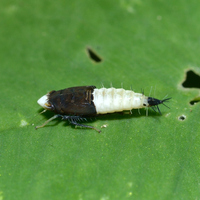 | Photo by: Margarita Lankford
Orange Co.
Comment: https://www.inaturalist.org/observations/282641675 | 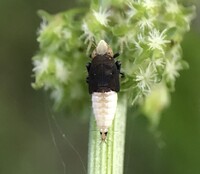 | Photo by: Ted Wilcox
Watauga Co.
Comment: unid_leafhopper |
 | Photo by: Ted Wilcox
Watauga Co.
Comment: unid_leafhopper |  | Photo by: Rob Van Epps
Mecklenburg Co.
Comment: Found on Tropical milkweed. |
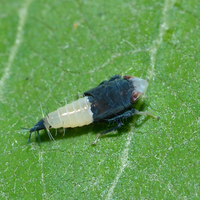 | Photo by: Margarita Lankford
Orange Co.
Comment: https://www.inaturalist.org/observations/119471748 | 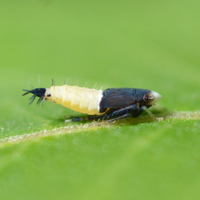 | Photo by: Margarita Lankford
Orange Co.
Comment: https://www.inaturalist.org/observations/48048385 |
 | Photo by: Margarita Lankford
Orange Co.
Comment: https://www.inaturalist.org/observations/48048385 | 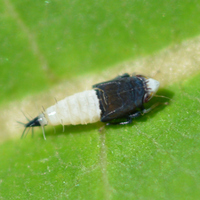 | Photo by: Margarita Lankford
Orange Co.
Comment: https://www.inaturalist.org/observations/48048385 |
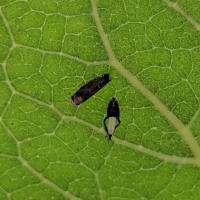 | Photo by:
Orange Co.
Comment: recently emerged adult; https://www.inaturalist.org/observations/26305038 | 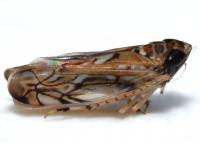 | Photo by: Kyle Kittelberger, Brian Bockhahn
Rockingham Co.
Comment: male; 4.8 mm |
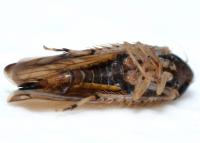 | Photo by: Kyle Kittelberger, Brian Bockhahn
Rockingham Co.
Comment: male; 4.8 mm |  | Photo by: Kyle Kittelberger, Brian Bockhahn
Rockingham Co.
Comment: male; 4.8 mm |
 | Photo by: Kyle Kittelberger
Out Of State Co.
Comment: NCSU specimen | 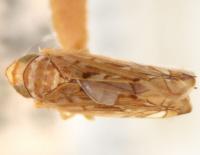 | Photo by: Kyle Kittelberger
Out Of State Co.
Comment: female; NCSU specimen |
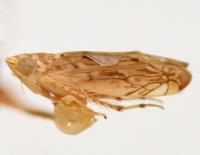 | Photo by: Kyle Kittelberger
Out Of State Co.
Comment: female; NCSU specimen |  | Photo by: Kyle Kittelberger
Out Of State Co.
Comment: female; NCSU specimen |
 | Photo by: Bryan England
Wake Co.
Comment: Noticed nymphs on some nursery-grown, recently planted milkweed, but "wild" common milkweed was abundant nearby. Uncertain whether nymphs arrived with the recent plantings (as eggs?) or were already present at site on wild milkweed or other plants. | 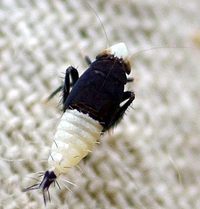 | Photo by: Paul Scharf
Warren Co.
Comment: NYMPH, Caught sweeping |
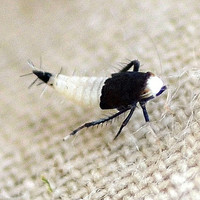 | Photo by: Paul Scharf
Warren Co.
Comment: NYMPH, Caught sweeping | 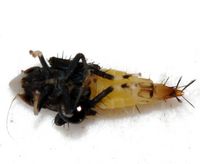 | Photo by: Kyle Kittelberger, Brian Bockhahn
Moore Co.
Comment: sandhills habitat, brushy; nymph with a dryad sac |
 | Photo by: Kyle Kittelberger, Brian Bockhahn
Moore Co.
Comment: sandhills habitat, brushy | 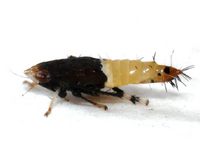 | Photo by: Kyle Kittelberger, Brian Bockhahn
Moore Co.
Comment: sandhills habitat, brushy |
|

 »
»




 »
»


